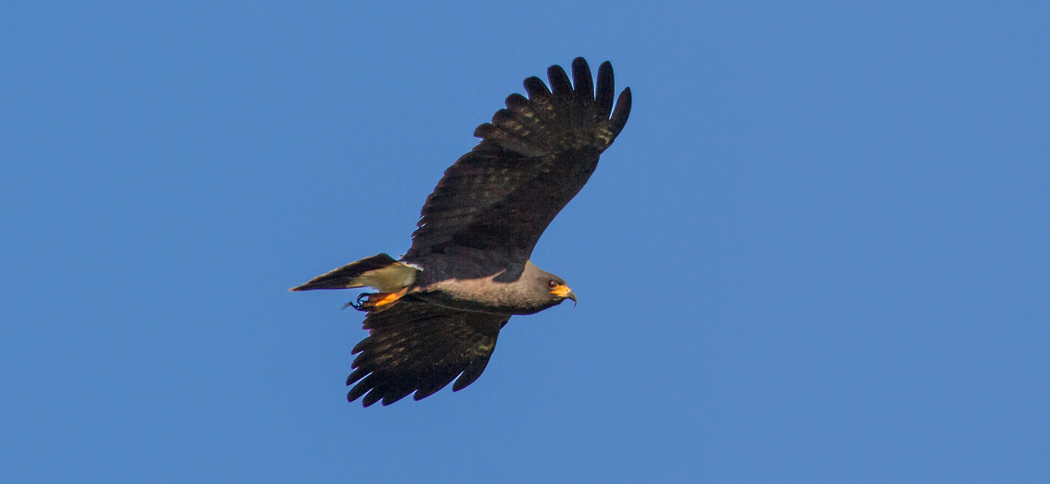
Strange Tails
We're delighted to have a strong population of strange-tailed tyrants at the reserve. So much so that we've adopted these beautiful and endangered birds as the symbol of the Trust
The growing diversity of the animals of Reserva Don Luis is a fresh source of delight every time we return. We don't play favourites, but it's impossible not to engage more with some of our more conspicuous guests. One of these is the strange-tailed tyrant. The male is stoic in his tolerance of one of nature's strangest - and it would seem least practical - adaptations. He's willing to suffer to be beautiful, and somehow manages to fly with tail feathers that were surely designed for a bird three times his size.
We love his perseverance; his resolution to succeed against challenge, and his ability to prove that anything is possible. He's appearing in growing numbers on the Reserva Do Luis, and his success has become an allegory for, and a symbol of, our own.
When we started the process of updating and redesigning our website, we wanted to adopt an image that symbolised our aims and our challenges. This brave little flycatcher, with his indomitable character, was the perfect choice.
The logo is a stylised profile of a male tyrant, silhouetted against the sunrise. We coloured the sun the blue of the Argentinian flag in honour of this country's beauty, its climate and the breathtaking span of magnificent animals that it nurtures.

Bat Research
Our bat team is conducting bat research both in the Ibera Marshes and in other provinces. We are especially concentrating on Misiones at the moment where we find the largest bat in Argentina, Chrotopterus auriitus and Myotis ruber, two species that we are researching.

Snail Kite
Rostrhamus sociabilis
The Snail Kite is fairly common in the Ibera Marshes where it can easily find its favourite food, snails. It is part of the family Accipitridae.
The male, female and juvenile are all dissimilar.
The male is around 38cm, a striking dark grey with a short hooked bill, pinkish skin above the cere, yellow cere and deep red eyes. In flight you can see a distinctive white rump and the bird has orange legs. The wings are broad and the tail is triangular shaped, white with a black band.
The female has dark brown upperparts and pale streaked underparts. She has a pale face with dark streaked crown, and the cere and legs are yellow/orange.
The juvenile is similar to the female but has a strong white supercilium and lacks the red eyes.

